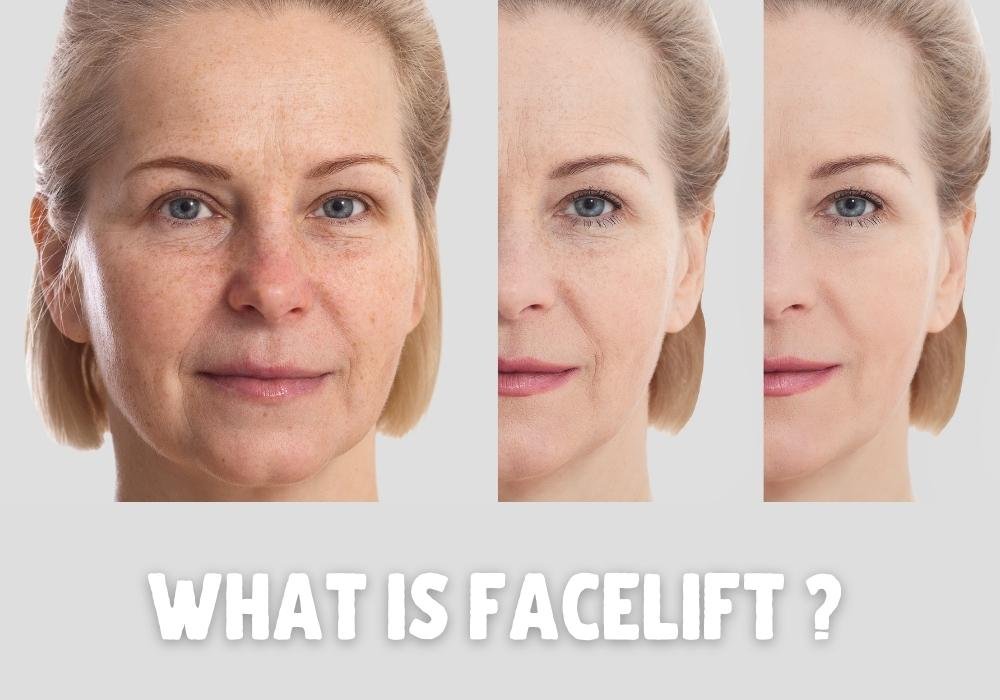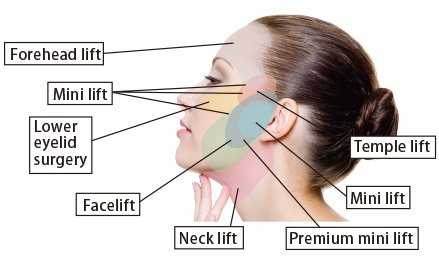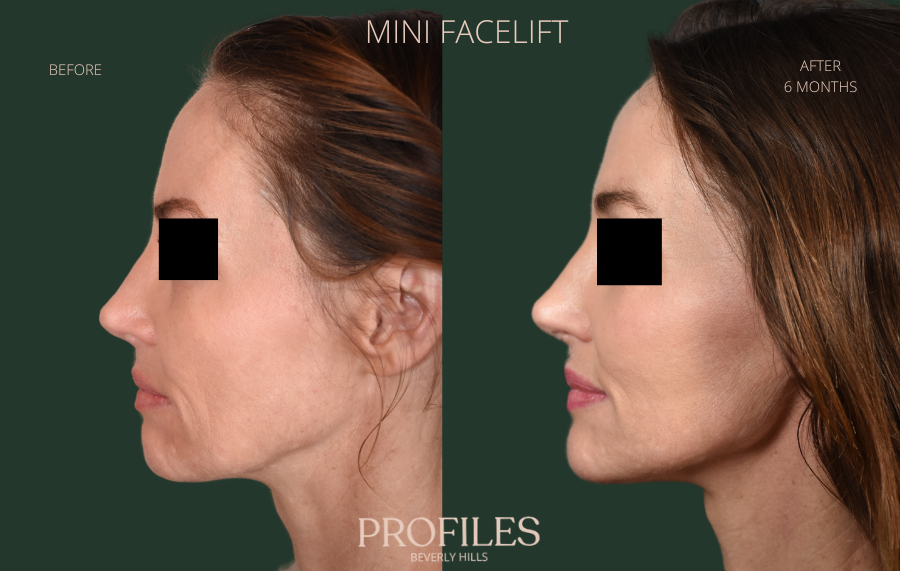Are you considering a facelift to breathe new life into your appearance and turn back the hands of time? You’re in good company! Celebrities like Jennifer Aniston and Madonna have reportedly embraced facelift surgery, showing that this sought-after procedure is for everyone. 🌟 As we age, our skin loses elasticity, and gravity takes its toll. A facelift can help counteract these effects, giving you a more youthful and refreshed look. 🌟 Let’s get some information about facelift !
1. 🔹What is a Facelift? Understanding the Basics

A facelift, also known as a rhytidectomy, is a surgical procedure aimed at enhancing your facial appearance by tightening and repositioning the skin and underlying tissues. This helps smooth out wrinkles and sagging skin, giving your face a more youthful and refreshed look. 😊 Facelifts can address various concerns, such as jowls, deep nasolabial folds, and loose neck skin.
2. Types of Facelifts: Finding the Perfect Fit
There are several facelift variations, and your surgeon will work with you to determine the best option based on your goals and individual anatomy.

Here’s a rundown of the most common types:
I. Traditional Facelift
This comprehensive procedure addresses the lower two-thirds of the face and the neck. Incisions are made along the hairline and around the ears to access and reposition underlying tissues. Excess skin is removed, and the remaining skin is tightened for a rejuvenated appearance.
II) Mid-Facelift:
Focusing on the middle portion of the face, a mid-facelift targets the cheeks and nasolabial folds. This technique requires smaller incisions and offers a more targeted approach for those with specific concerns in this area.
III) Mini Facelift:
The mini-facelift, also known as a “weekend facelift”is a less invasive option with shorter incisions and a quicker recovery time. Ideal for patients with early signs of aging, this technique provides more subtle results than a traditional facelift.
IV)Neck Lift:
For those with loose or sagging skin in the neck area, a neck lift can be performed alongside a facelift or as a standalone procedure. This surgery addresses the “turkey neck” and can redefine the jawline.
V)Non-Surgical Facelift:
For those seeking a less invasive approach, non-surgical facelifts use injectables like dermal fillers and botulinium toxic to restore volume and smooth out wrinkles. These treatments require minimal downtime but typically have less dramatic results and need to be maintained regularly.
4. The Facelift Procedure: What to Expect

Facelift surgery is typically performed under general anesthesia, with the procedure lasting anywhere from two to five hours, depending on the work involved. The surgeon will make incisions based on the type of facelift being performed, and will then lift and tighten the underlying facial muscles, reposition the skin, and remove any excess. The incisions are closed with sutures, and you’ll likely have a bandage applied to protect the surgical area.
5. Recovering from a Facelift: Tips for a Smooth Recovery

After surgery, expect some swelling, bruising, and discomfort, which will gradually fade over a few weeks. Your surgeon will provide you with detailed post-operative instructions, including how to care for your incisions, manage pain, and when to resume daily activities. Following these guidelines is crucial for achieving the best results and a smooth recovery. 🚑
Some tips for a successful recovery
- Rest and elevate: Make sure to get plenty of rest and keep your head elevated, especially during the first few days after surgery. This will help reduce swelling and promote healing.
- Ice packs: Applying ice packs to your face can help alleviate discomfort and minimize swelling. Always wrap ice packs in a soft cloth to protect your skin and follow your surgeon’s recommendations on how long and how often to apply ice.
- Avoid strenuous activities: Refrain from heavy lifting, exercise, and other strenuous activities for at least two weeks following your facelift. Overexertion can cause complications and delay the healing process.
- Stay hydrated and eat well: A healthy diet and proper hydration can help support your body’s healing process. Focus on consuming nutritious meals and drinking plenty of water.
- Follow up with your surgeon: Attend all scheduled follow-up appointments with your surgeon. These visits allow your surgeon to monitor your progress and address any concerns or complications that may arise.
6. Longevity and Maintenance: What You Should Know
While facelift surgery can help you achieve a more youthful appearance., It it’s essential to understand that it is not a permanent solution. The aging process will continue, and you may choose to have additional facelift procedures in the future to maintain your results.
To keep long the effects of your facelift, consider the following tips:
- Protect your skin from the sun: Always wear sunscreen with a high SPF, and protect your face with a wide-brimmed hat and sunglasses when outdoors.
- Maintain a healthy lifestyle: Eating well, exercising regularly, and getting enough sleep can all help support your skin’s health and overall well-being.
- Use quality skincare products: Invest in skincare products that contain ingredients like retinol, antioxidants, and peptides to help maintain your skin’s elasticity and reduce the appearance of fine lines and wrinkles.
- Consider non-surgical touch-ups: For ongoing maintenance, non-surgical treatments like Bo-tox and dermal fillers can help address minor concerns and keep long your facelift results.
8. WDF ! Come to conclusion !?
So, in conclusion, a facelift can be a transformative procedure for those looking to rejuvenate their appearance and regain a more youthful glow. By first, you need to understand the different types of facelifts, the recovery process, and how to maintain your results, you’ll be well-prepared to make an informed decision about whether a facelift is right for you. Always consult with a board-certified plastic surgeon who has experience performing facelift procedures to ensure the best possible outcome. ✨
** If you want to listen same things from a doctor, also you can watch this video 🙂





GIPHY App Key not set. Please check settings